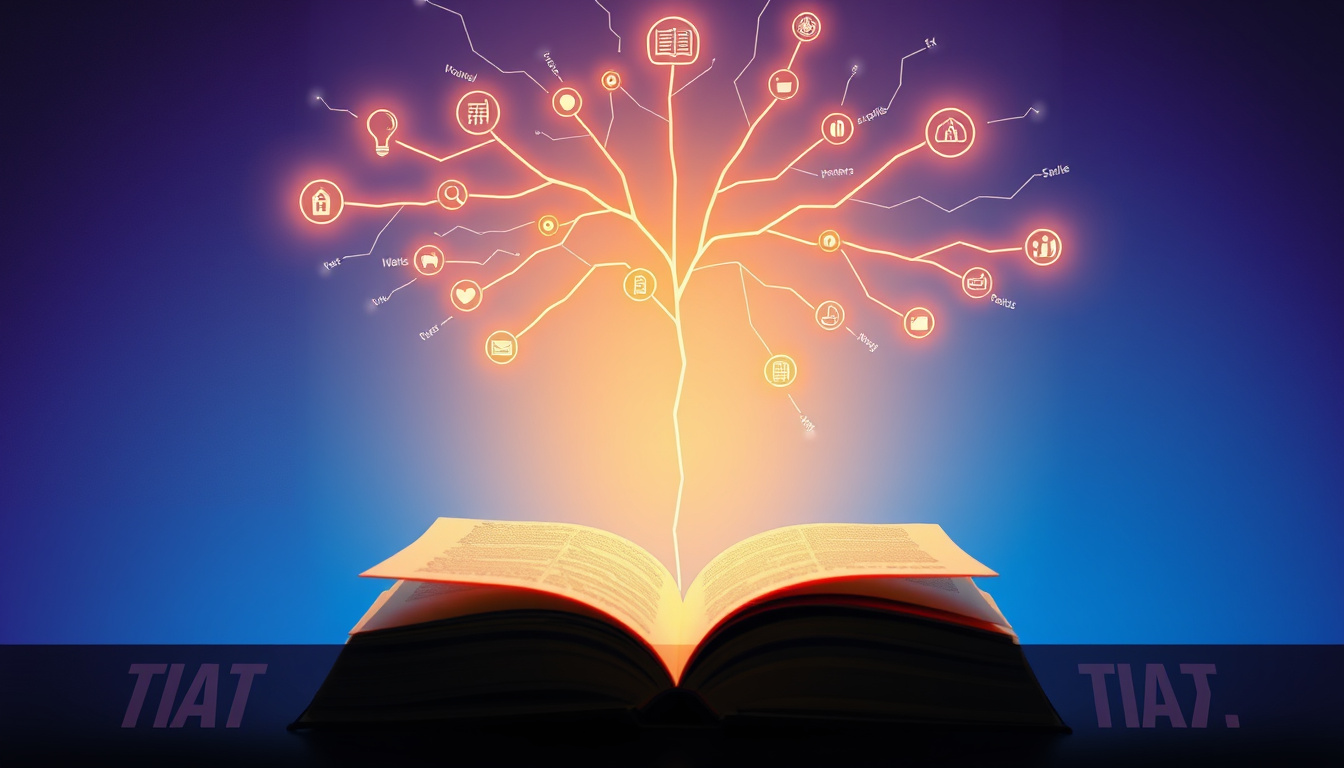In today’s fast-paced world, the ability to quickly gather information from texts without sacrificing understanding is an invaluable skill. This is where skimming comes into play—an essential technique that allows readers to enhance their reading speed and comprehension. Whether you’re a student, a professional, or someone who simply seeks to optimize their reading habits, mastering the art of skimming can significantly boost your efficiency.
In this comprehensive guide, we will explore what skimming is, how it works, and how you can develop this skill to become a more effective reader. By incorporating skimming into your reading routine, you’ll be able to process information faster while maintaining the comprehension that is critical to learning and decision-making.
What is Skimming and Why is it Important?
Skimming is a quick reading strategy used to get the gist of a text. Instead of reading every word, skimming involves scanning the material to identify key ideas, main points, and overall structure. The goal is not to memorize details but to understand the core message or to determine whether the content deserves a more detailed reading.
Why Skimming Matters
- Time efficiency: In an era of information overload, skimming helps you narrow down relevant information swiftly.
- Preparation tool: It allows you to preview material before detailed reading, aiding focus and retention.
- Enhancing comprehension: When practiced regularly, skimming helps improve your ability to grasp the essence of texts quickly, making subsequent detailed readings more effective.
How to Skim Effectively: Step-by-Step Guide
To master the art of skimming, follow these strategic steps:
1. Preview the Material
Scan the title, headings, subheadings, and any highlighted text such as bold or italicized words. This provides an outline of the main topics and structure.

2. Read Introductions and Conclusions
In articles or essays, the introduction and conclusion often contain the main ideas. Pay special attention to these parts as they set the context and summarize key points.
3. Focus on Keywords and Phrases
Look for keywords, dates, names, and technical terms that are central to the text’s purpose. This can help you grasp the core ideas without getting bogged down in details.
4. Use Your Finger or a Pen
Guiding your eyes with a finger or pen helps maintain a steady pace and prevents unnecessary fixations on less relevant words.
5. Skim Paragraphs Rapidly
Read the first and last sentence of each paragraph. These sentences often contain the main idea or summary.
6. Adjust Speed According to Purpose
Speed up during less critical sections and slow down when you encounter points that warrant closer attention.
Tips to Improve Your Skimming Skills
- Practice regularly: Like any skill, frequent practice enhances efficiency.
- Expand your vocabulary: A broader vocabulary helps you recognize keywords faster.
- Stay focused: Avoid distractions; maintain concentration to catch essential details quickly.
- Read diverse materials: Different formats (articles, reports, essays) improve your adaptability.
Benefits of Skimming for Different Tasks
| Task | How Skimming Helps |
|---|---|
| Academic Reading | Quickly assess relevance of articles and textbooks |
| Professional Work | Review large reports or emails efficiently |
| News Intake | Stay updated with minimal time investment |
| Research | Identify pertinent sources and key findings |
Common Mistakes to Avoid When Skimming
- Over-skirting: Skipping too much and missing critical ideas.
- Ignoring context: Missing out on understanding because you didn’t review surrounding content.
- Relying solely on skimming: Remember, some materials require detailed reading for full comprehension.
Practical Exercises to Develop Skimming Ability
- Timed Skimming Sessions: Set a timer and practice quickly identifying main points in articles.
- Summarization Practice: After skimming, write brief summaries to gauge understanding.
- Comparative Reading: Read the same material thoroughly and then skim it; compare your impressions to see what key points you missed or caught.
FAQs About Skimming
1. How can I improve my skimming speed without losing comprehension?
Regular practice with diverse texts and focusing on reading only essential parts—such as headings, keywords, and summaries—can enhance both speed and understanding.
2. Is skimming suitable for all types of reading material?
Skimming works best with informational texts, articles, reports, and non-fiction material. For complex, technical, or detailed-content documents, it should be complemented with thorough reading.
3. How does skimming differ from scanning?
While skimming involves quickly reviewing a text to grasp main ideas, scanning is searching for specific information or details within a text, such as a date or name.
External Resources on Skimming and Reading Strategies
For more insights into effective reading techniques, consult educational resources such as the University of Michigan’s reading strategies, which provide detailed guidance on skimming, scanning, and other methods to develop reading fluency.
Concluding Thoughts
Mastering the art of skimming is a game-changer in managing the vast amounts of information encountered daily. By honing this skill, you’ll be able to read smarter—not harder—gaining the knowledge you need swiftly and effectively. Whether you’re trying to stay on top of the latest news, review academic material, or streamline your work process, skimming is a powerful tool that can elevate your reading efficiency.
Ready to enhance your reading skills? Start practicing today and watch your ability to absorb information grow exponentially. Remember: the key to effective skimming lies in consistency and mindful application. Take the first step now—your smarter, faster reading journey awaits!







